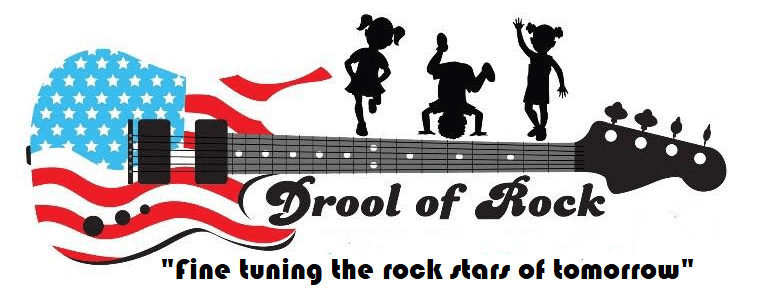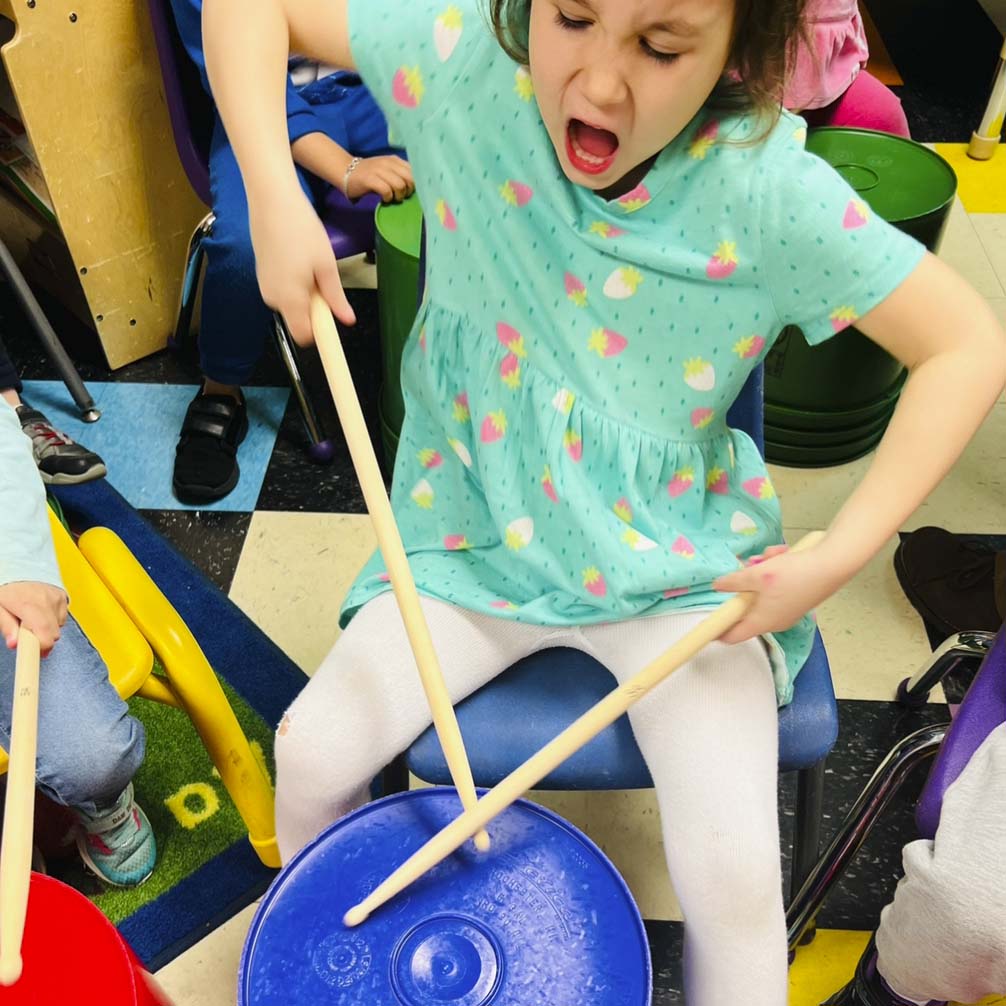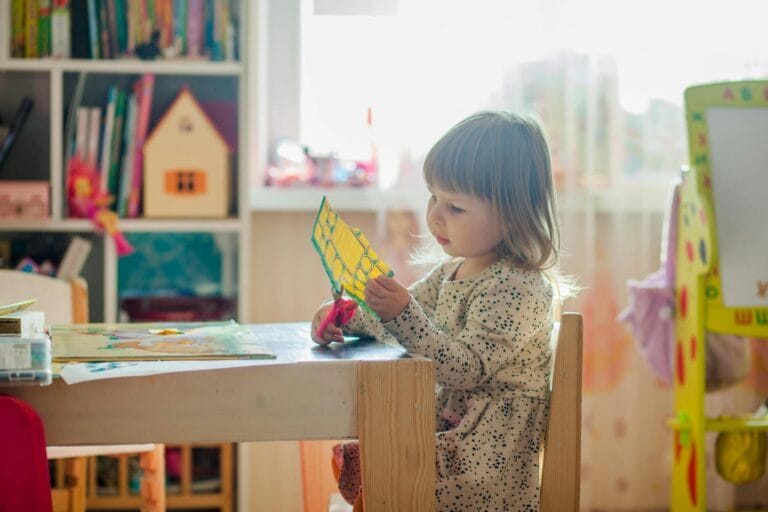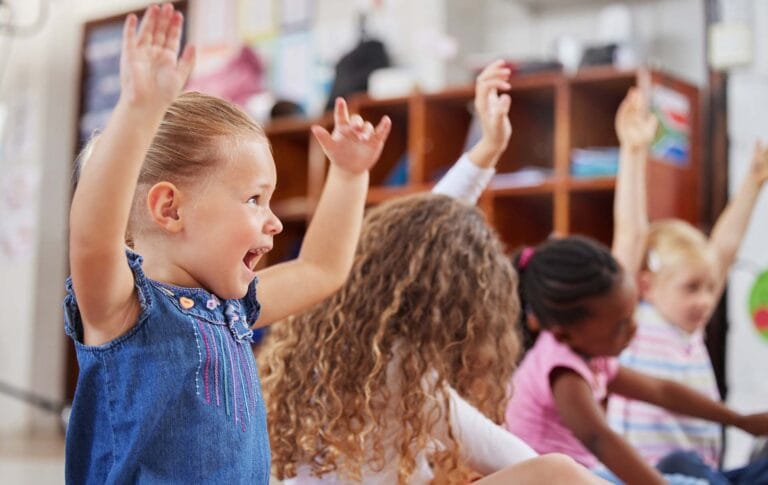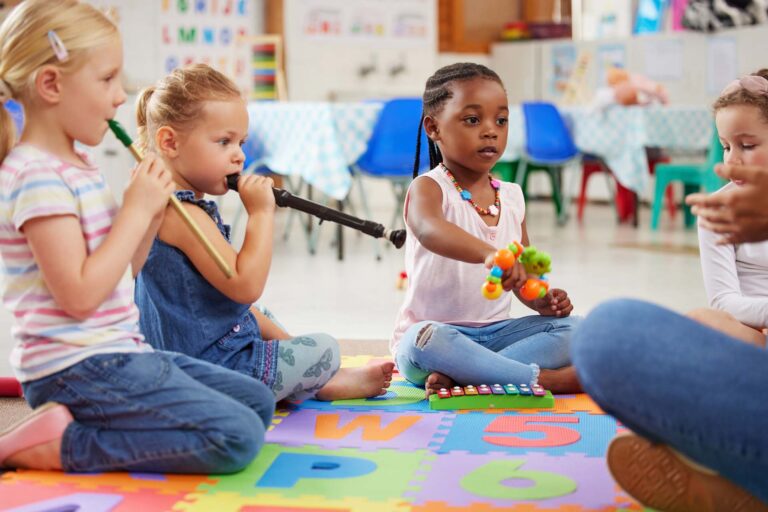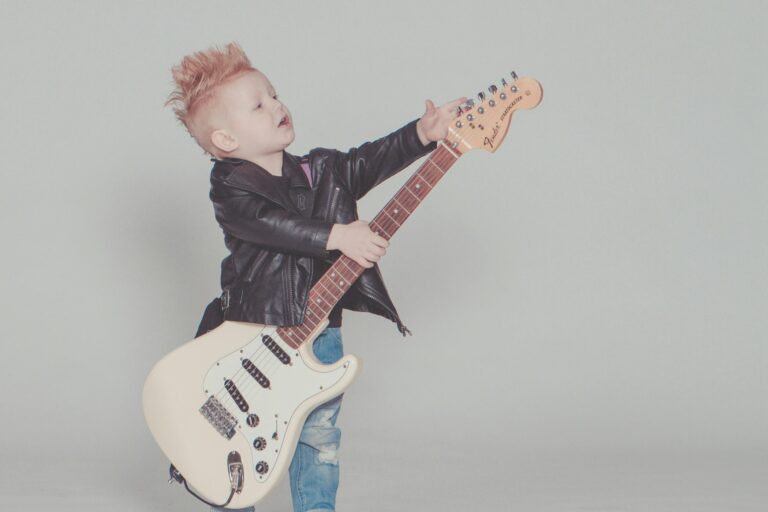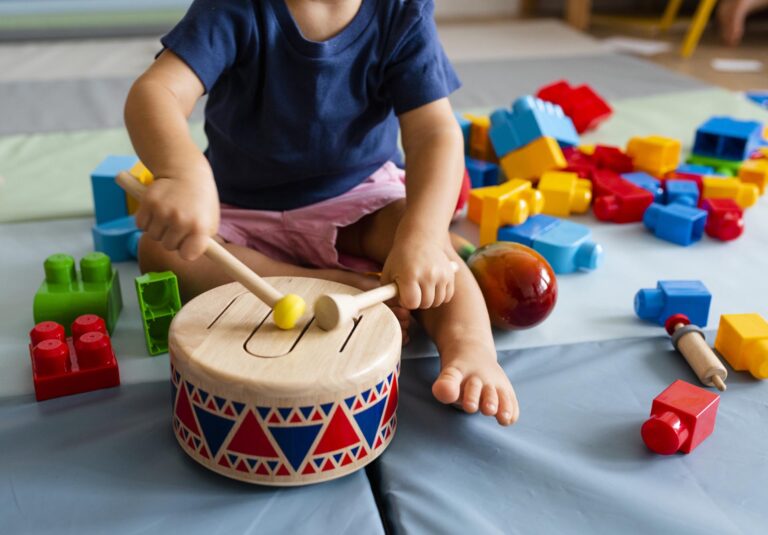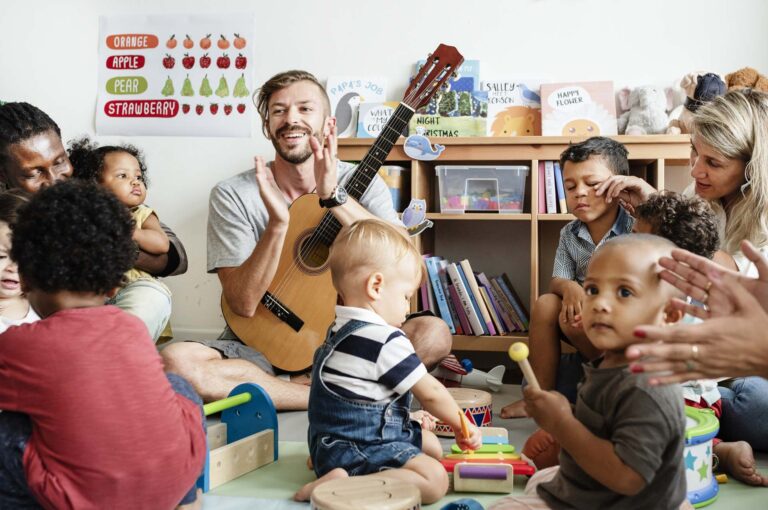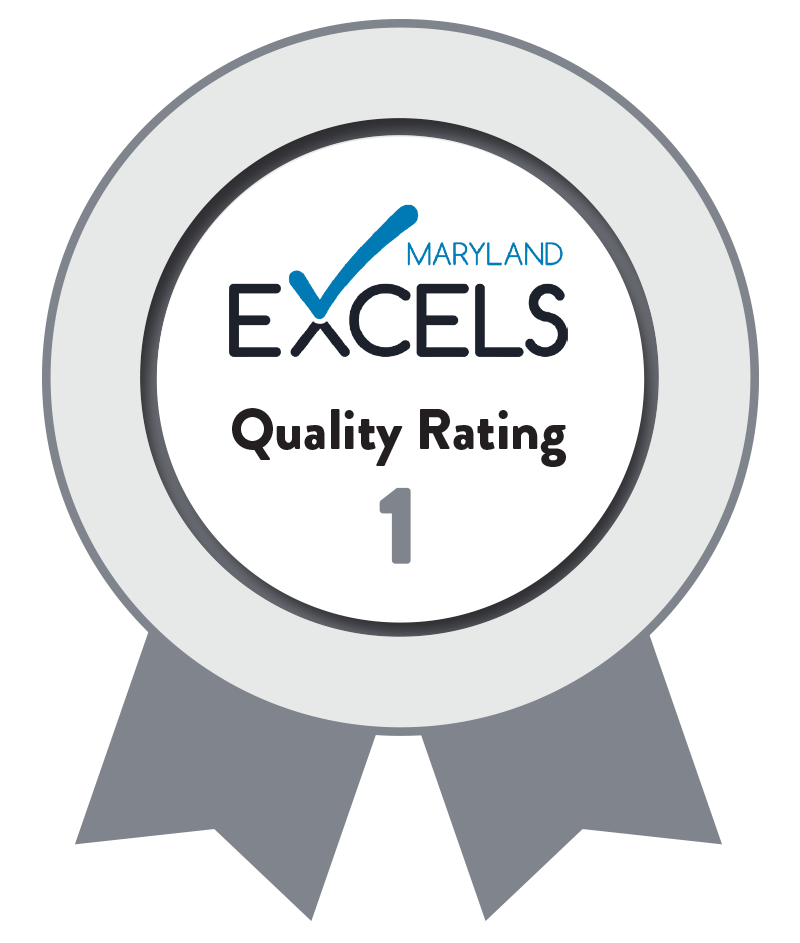If you have ever watched your child hum a tune while stacking blocks or clap along to a silly song, you have seen the spark that happens when play and music meet. We see that spark every day. Play-based learning invites children to explore, pretend, build, and create. When you add music and art to that play, you supercharge language, memory, coordination, and social skills. At Drool of Rock, we use musician-led classes and hands-on arts experiences to turn everyday moments into joyful learning. Here is how it works, what to look for in a Maryland preschool, and why music might be the secret ingredient your child needs.
Play-Based Learning 101
Play-based learning looks like fun, and it is. It is also intentional. Teachers set up rich environments with materials that invite children to investigate, collaborate, and try new ideas. Through open centers, guided small groups, and child-led exploration, your child practices early math, literacy, problem solving, and self-regulation without feeling pressured.
What you will see in a strong play-based classroom:
- Clear routines that create comfort, paired with lots of choice time
- Center areas like blocks, dramatic play, art, science, and music
- Teachers who observe and extend play with questions and prompts
- Daily movement, outdoor play, and social-emotional coaching
Montessori vs. Play-Based: What Is the Difference?
Both Montessori and play-based approaches respect the whole child, encourage independence, and value hands-on learning. The differences come down to structure and materials.
- Montessori programs use a carefully sequenced set of materials and allow children to choose work from those shelves. The teacher acts as a guide while children work independently in long, focused blocks.
- Play-based programs offer a broader mix of open-ended materials and teacher-facilitated play. Children move through centers, collaborate more frequently, and follow a flexible rhythm that blends child choice with small group instruction.
If your child thrives on open-ended creativity, frequent collaboration, and expressive outlets like music and art, play-based learning may feel like a great fit. If your child prefers quiet, singular focus with step-by-step materials, Montessori may appeal to you. Many families love the social, musical energy of play-based environments because they mirror how young children naturally learn.
What Is Early Childhood Music Education?
Early childhood music education introduces infants, toddlers, and preschoolers to rhythm, melody, movement, and simple instruments. It is not about formal lessons, it is about experiences that build the brain for language and learning. At our centers, educators lead interactive sing-alongs, rhythm games, and instrument exploration that strengthen attention, memory, coordination, and emotional expression.
Key benefits you will notice:
- Language growth as children imitate sounds, expand vocabulary, and hear syllable patterns
- Stronger memory and listening skills through repeated songs and call-and-response
- Motor development from clapping, marching, drumming, and dancing
- Confidence and social skills as children take turns, perform for peers, and collaborate in groups
How We Use Music Inside Play
Music turns ordinary moments into teachable moments. Here is a snapshot of what happens in our classrooms:
- Morning circle, we warm up voices and bodies with a welcome song, rhythm claps, and name games
- Centers, children build drums from recyclables, sort shaker eggs by sound, match rhymes, and act out stories with music cues
- Small groups, we practice syllables by tapping beats, reinforce counting through rhythm patterns, and use scarves to explore fast versus slow
- Outdoor play, we bring call-and-response chants and movement games to the courtyard
- Wind-down, we use gentle songs and breathing patterns to support self-regulation
This is play with purpose. Children do not just hear music, they feel it, move with it, and make it their own.
How to Find a Play-Based Preschool in Maryland
You want a place that feels warm, confident, and intentional. Use this simple checklist on your tours:
- Look for active centers, children collaborating, and teachers narrating learning
- Ask how music and art are woven into each day, not just offered once a week
- Review the curriculum for social-emotional skills, language, math, and motor development
- Check for outdoor time, daily movement, and safe spaces for big energy
- Observe teacher-child interactions, you should see eye-level conversation, encouragement, and gentle guidance
- Confirm that the program is a licensed daycare with strong communication practices, such as daily updates and photos
If you live near Owings Mills, you can explore a preschool that blends music with play by scheduling a tour. If Cockeysville is closer, you will find playful, musician-led experiences there as well.
What Is Early Childhood Music in Practice?
In the earliest years, music is a language your child can access before complex speech or writing. We focus on:
- Beat and rhythm for timing and attention
- Call-and-response for listening and turn-taking
- Instrument exploration for fine and gross motor skills
- Songs with actions for sequencing and memory
- Movement and dance for coordination and emotional release
- Creative composition, kids invent rhythms or lyrics to express ideas
These experiences build the foundation for reading and math. Rhythm supports syllable awareness, patterning strengthens early algebraic thinking, and group music fosters empathy and cooperation.
Why Tour a Music-Filled, Play-Based Program Now
Nothing replaces seeing a classroom in motion. When you visit, you will hear the joy and notice the focus. Children transition with songs, negotiate roles in pretend play, and beam with pride after a group performance. We would love to show you how our musician-led approach supports kindergarten readiness through art, language, movement, and hands-on exploration.
If you are nearby, consider scheduling a visit at our Owings Mills center. For Baltimore County families comparing options, you can also learn about music-based education in Cockeysville to understand how daily rhythm, movement, and instrument play support development.
Ready to See the Magic in Person
We welcome you and your child to tour, ask questions, and jump into a music circle with us. Bring your curiosity and watch your child light up. If you are searching for a nurturing option today, families often begin by exploring our daycare options in Owings Mills and Cockeysville to get a feel for our environment and approach. Then, schedule a visit so you can see how play and music create a rockin’ path to kindergarten readiness.
We are here to help you find a joyful fit, and we cannot wait to meet your family.
